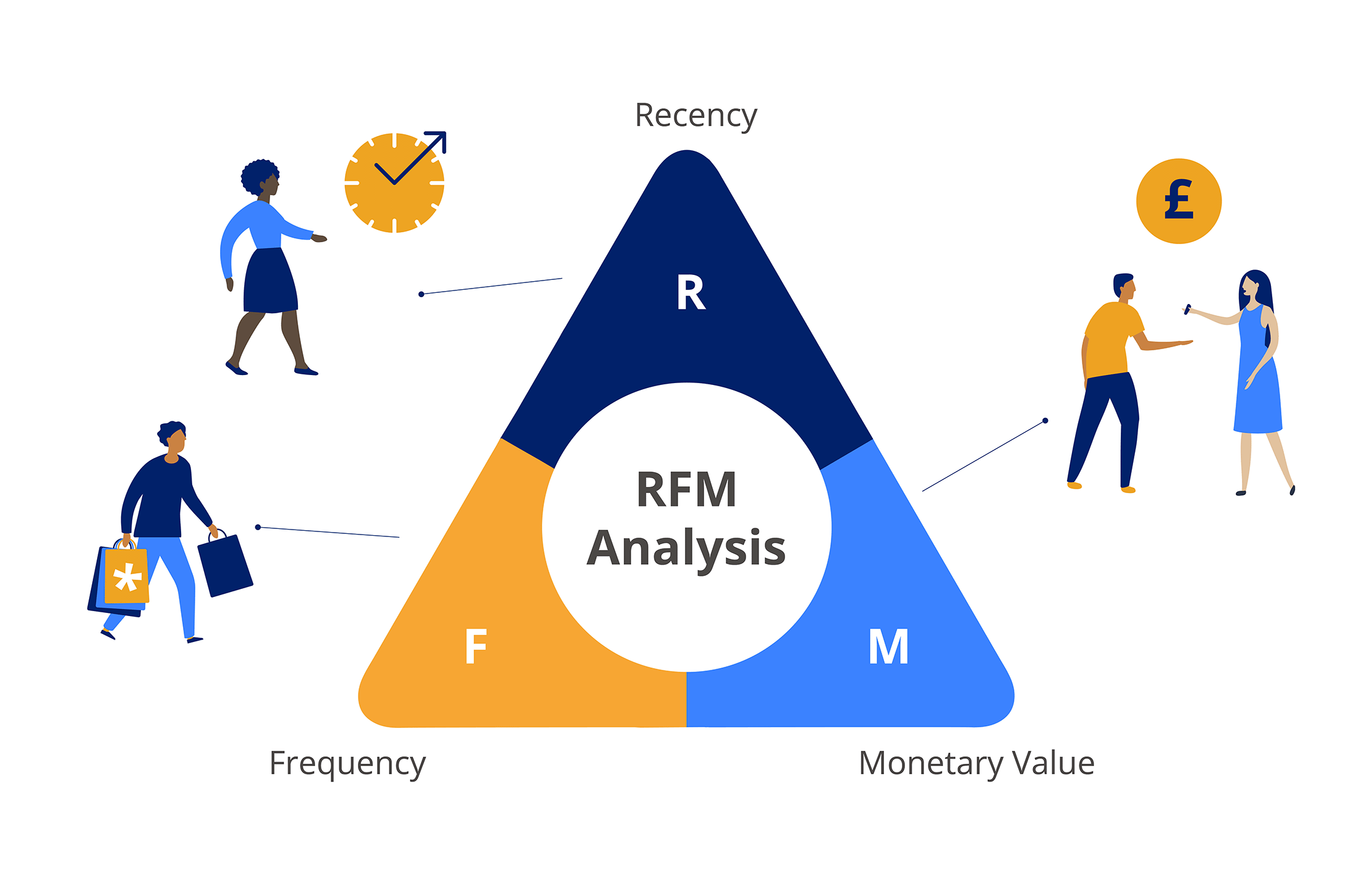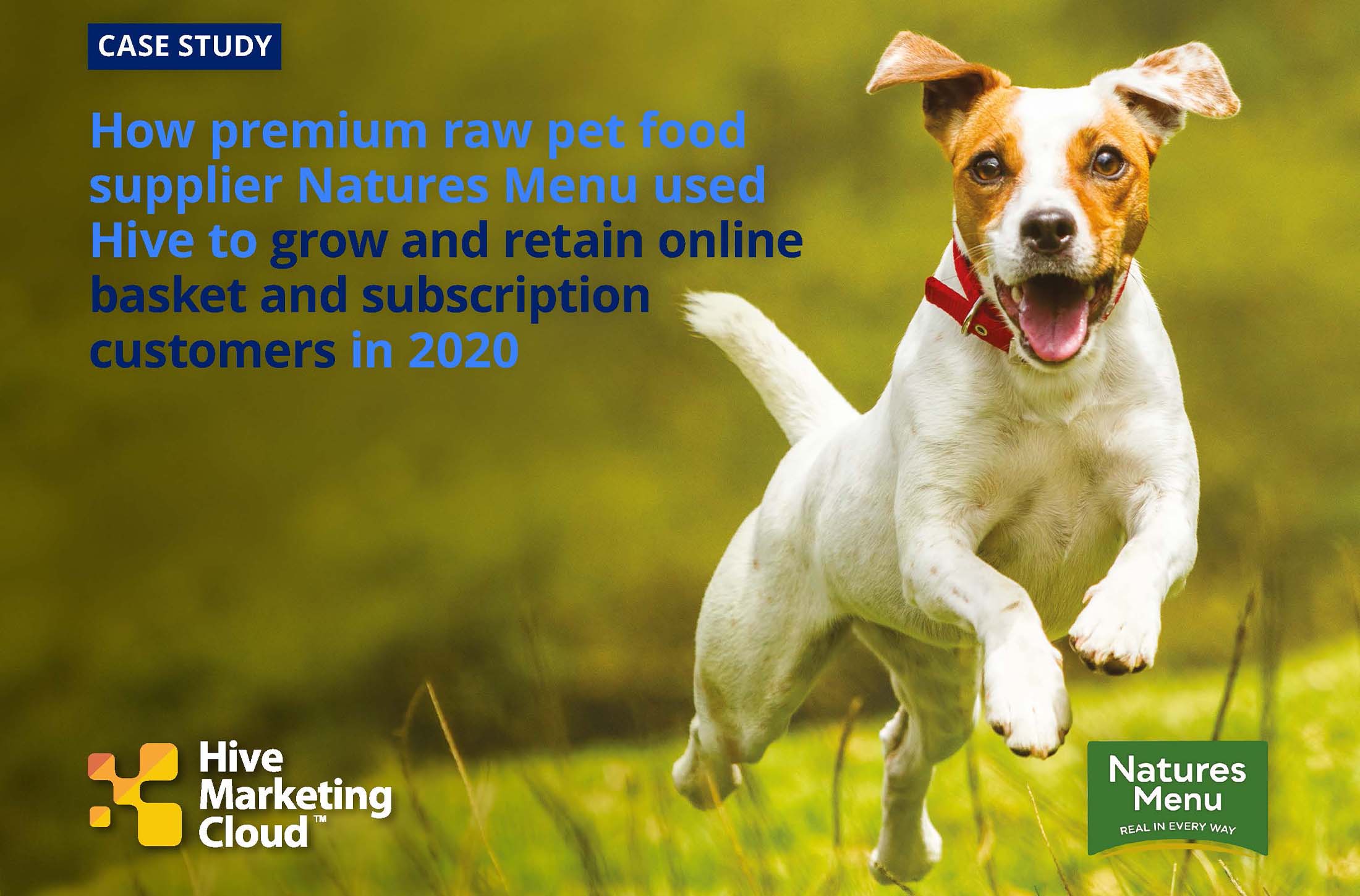Key Considerations for Marketers in the Face of Product Returns
- August 18, 2023
Uncover the critical connections between product returns and customer lifetime value (CLV). Dive into this guide to transform returns into valuable marketing insights and boost your bottom line.

Unmasking the Impact of Product Returns
Measuring customer lifetime value (CLV) is a crucial metric for businesses seeking to understand the long-term profitability of their customer base. However, when it comes to accurately calculating CLV, it is essential to consider factors such as product returns, postage costs, staff handling, and other associated expenses. By taking these elements into account, companies can gain a more nuanced understanding of their customers’ true value and make informed decisions to enhance their bottom line.
The Complexity of Returns
Many businesses simplify the calculation of CLV by treating returns as separate transactions, but this approach overlooks the complexity of customer behaviour. For instance, consider a scenario where a customer purchases a jumper, returns it, and subsequently buys another one. Naively treating this as three separate transactions fails to capture the interdependencies and the underlying patterns of customer behaviour.
Unpacking the Returns
To measure CLV accurately, it is essential to delve deeper into returns and examine their various dimensions. Beyond the number of returns, businesses should factor in the nominal costs associated with returns, such as postage and packaging, as well as the personnel involved in processing those returns. Additionally, considering seasonal items that are returned can help companies assess their inventory management and discounting strategies.
Analysing Return Categories
Different product categories may exhibit varying return rates, and analysing returns at the category level can provide valuable insights. For example, if a significant number of returns are concentrated in a specific category, such as shoes, it may indicate potential issues with sizing or product quality. By identifying patterns within return categories, businesses can make data-driven decisions to address customer concerns and improve future sales.
Unifying Customer Data
To gain a comprehensive understanding of CLV and customer behaviour, organisations need to unify their customer data. By integrating data from various touchpoints, such as purchase history, returns, customer interactions, and demographics, businesses can create a more accurate and holistic picture of customer behaviour. This unified data approach enables marketing teams to identify trends, personalise marketing efforts, and better serve their customers – becoming the driving force behind the whole organisation.
Engagement vs. Returners
Some companies may assume that customers who order frequently and return frequently are less valuable. However, it is crucial to consider the level of engagement these customers exhibit. Customers who frequently engage with a brand, even if they return several items, can still be highly valuable due to their ongoing interest and potential for repeat purchases – not to mention the likelihood of referrals to new customers is far higher from an engaged customer.
High-Value Transactions
Equally, some customers may make high-value, but infrequent purchases. Even if they are a lower ‘returner’, balancing these with consistent communications engagement may be a specific segment strategy for companies when evaluating high potential CLV segments – to more frequently pique the interest of high value customers.
Email Marketing and Return Considerations
Email marketing, specifically planned and automated customer journeys, play a significant role in customer engagement and nurturing relationships. However, businesses should ensure their email marketing platform account for returns. Sending messages based on a customer’s last product purchase, especially if it was returned, can lead to irrelevant and ineffective communication, or at worst, they may negatively impact customer experience. Afterall, who wants to be reminded about a purchase that they hated? Integrating return data into email marketing strategies allows for more targeted and personalised messaging, resulting in better customer experiences.
Conclusion
Measuring customer lifetime value accurately requires a nuanced approach that considers the impact of product returns, associated costs, return categories, and customer engagement. By unifying customer data and analysing returns comprehensively, businesses can gain valuable insights into customer behaviour and make informed decisions to improve their bottom line. Factoring in return-related information in marketing strategies also enables more effective and personalised communication, leading to stronger customer relationships and increased customer lifetime value.













